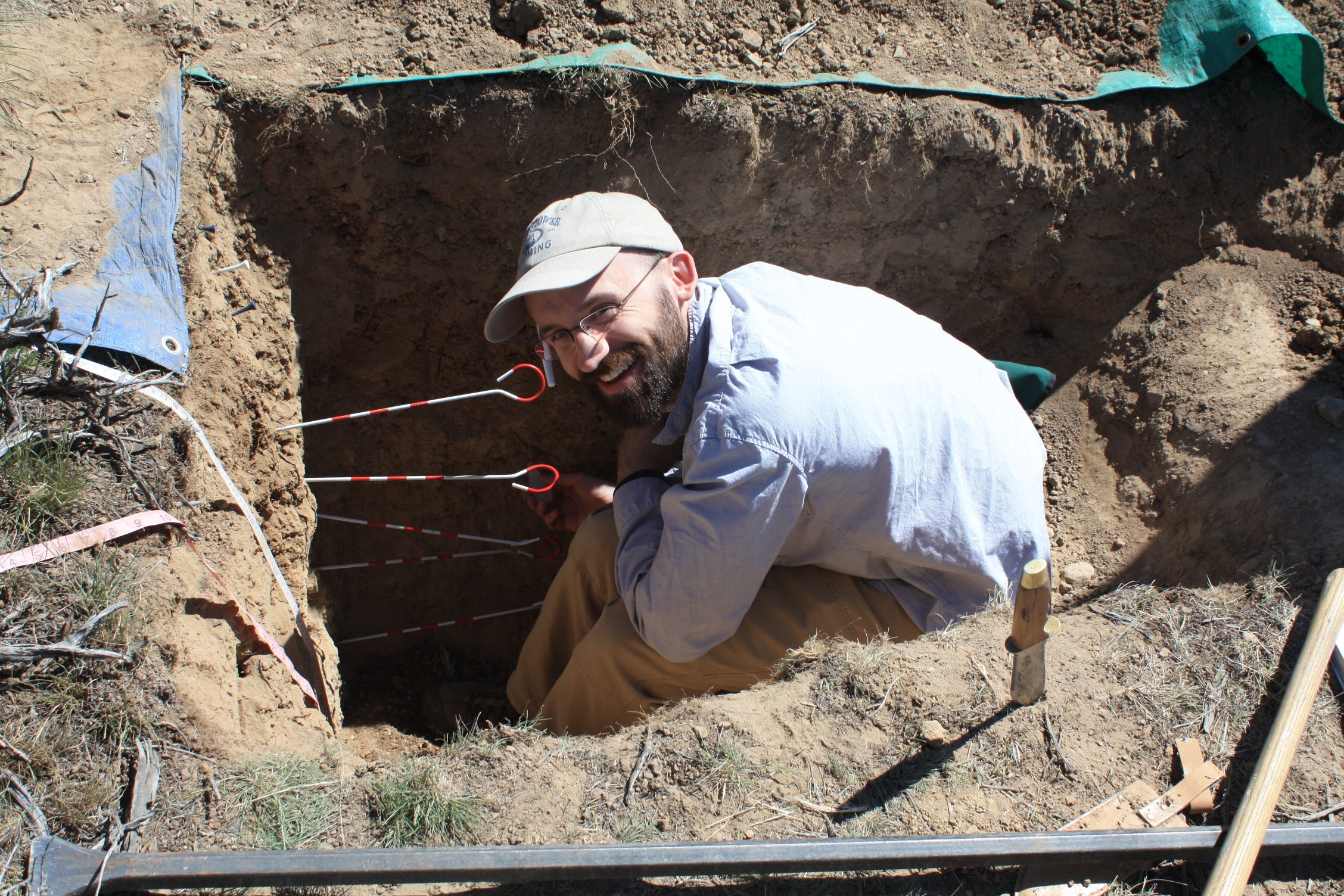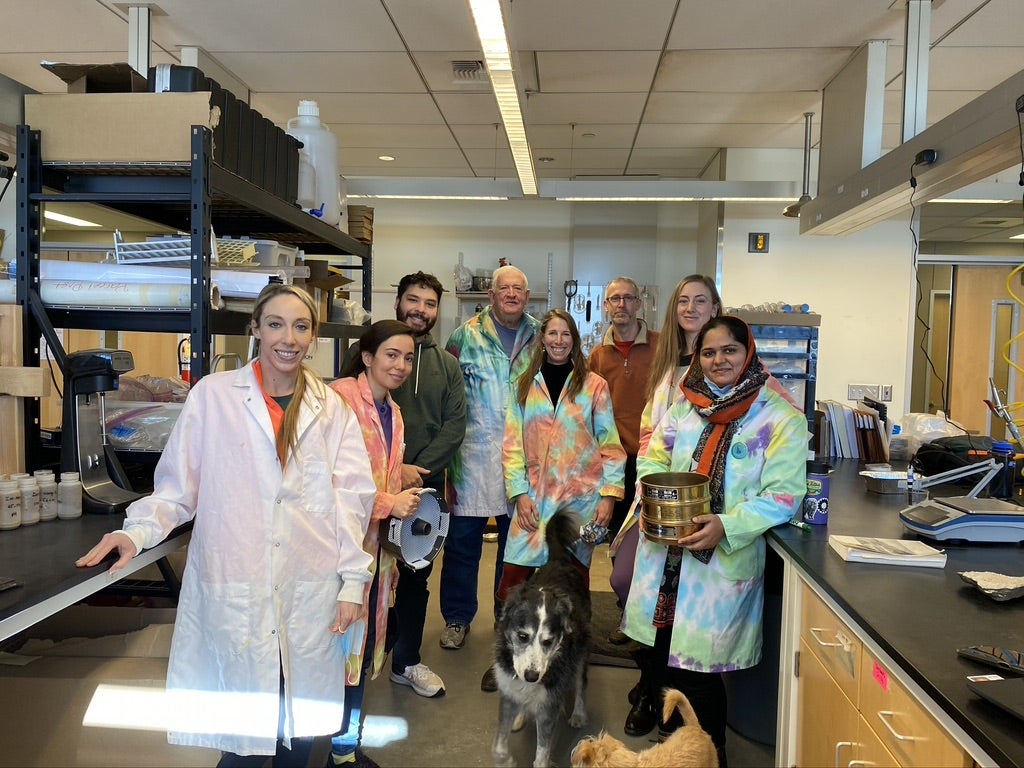
Current Students and Projects
Our current projects include an NSF CZN Drylands project. This collaborative project integrates Critical Zone Science among scientists at The University of Texas at El Paso (UTEP), New Mexico State University (NMSU), Boise State University (BSU), and University of Wyoming (UW). This project is also highly relevant for advancing STEAM education at all levels to a representative population of the southwestern U.S. We also have a current NSF GOLD project to promote inclusive leadership in the Geosciences. Additionally, we have two wildfire projects; k-12 wildfire education, and assessing changes in fire size and severity in the Frank Church Wilderness of Central Idaho.
Idaho Climate Literacy Education Engagement & Research (i-CLEER)
A primary focus of this group is to empowers communities to take action to address the causes, consequences and solutions to the Earth’s changing climate. Please visit the Idaho Climate Literacy Education Engagement and Research site to learn more.
Earth
What controls the processes and rates of soil formation in semi-arid mountainous ecosystems? How much carbon (both organic carbon and inorganic carbon) is stored in soils, and how can we better understand the factors that govern carbon storage and release?
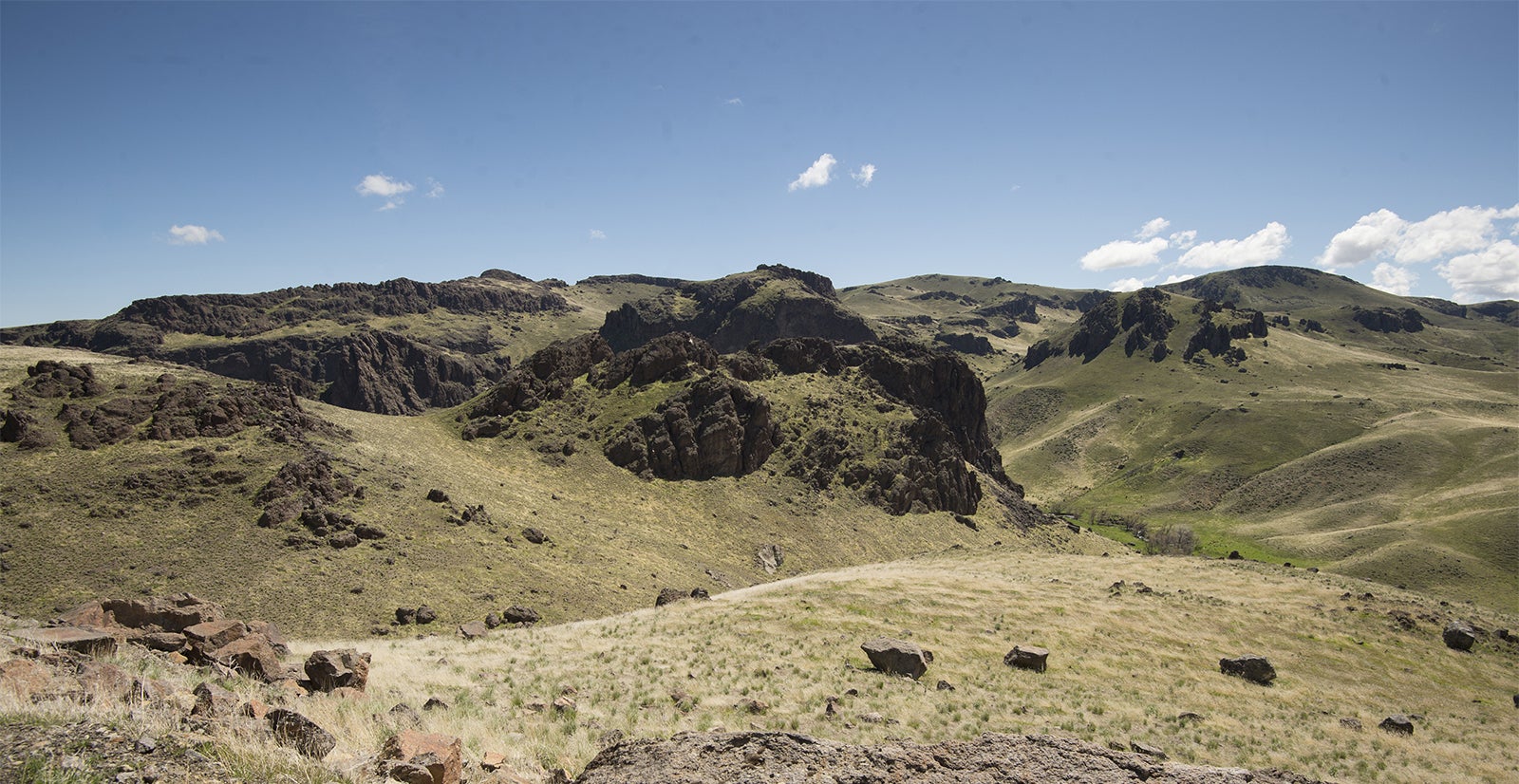
How do soil characteristics (soil textures and depths) reflect changes in the balance among weathering, erosion and dust deposition? How do these characteristics change with aspect and elevation?
Wind
How do dust inputs influence soil development? What are the relative contributions of wind and water to erosion following wildfire?
Fire
How do climate, vegetation, fire activity and geomorphic response interact over years to millennia? How does the geomorphic response to fire (floods and debris flows) change with changes in climate and vegetation? How can we better prepare our communities for post-fire floods and debris flows? How can we better integrate education about wildfire into k-12 curriculum and climate impacts?
Wildfire Curriculum links and materials
Danielle and others have developed wildfire curriculum and instructional videos for teachers. Check this site for details coming soon!
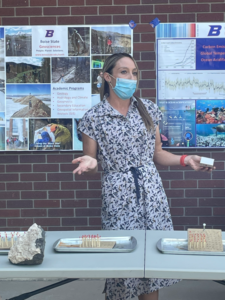
Faculty and Staff:
The Earth, Wind and Fire lab is directed by Dr. Jen Pierce and Dr. David Huber. Our Lab Manager is Bill Fruetel. Please contact Jen Pierce for questions about the lab and its facilities.
Dr. Jen Pierce
Dr. Jen Pierce is an Associate Professor at Boise State in the Department of Geosciences, where she has been since 2005. Her research focuses on wildfires, climate change, and landscape response; she is also committed to improving climate science education and outreach. Dr. Pierce grew up in Colorado and Wyoming, and received her undergraduate degree from The Colorado College, her master’s degree from the University of Oregon, and her PhD from the University of New Mexico. Dr. Pierce serves on the Board of Directors for the Idaho Environmental Forum and Friends of the Teton River. When she is not working, she enjoys mountain biking, backcountry skiing, playing music, and exploring the outdoors with her family and dogs. Contact: jenpierce (at) boisestate.edu
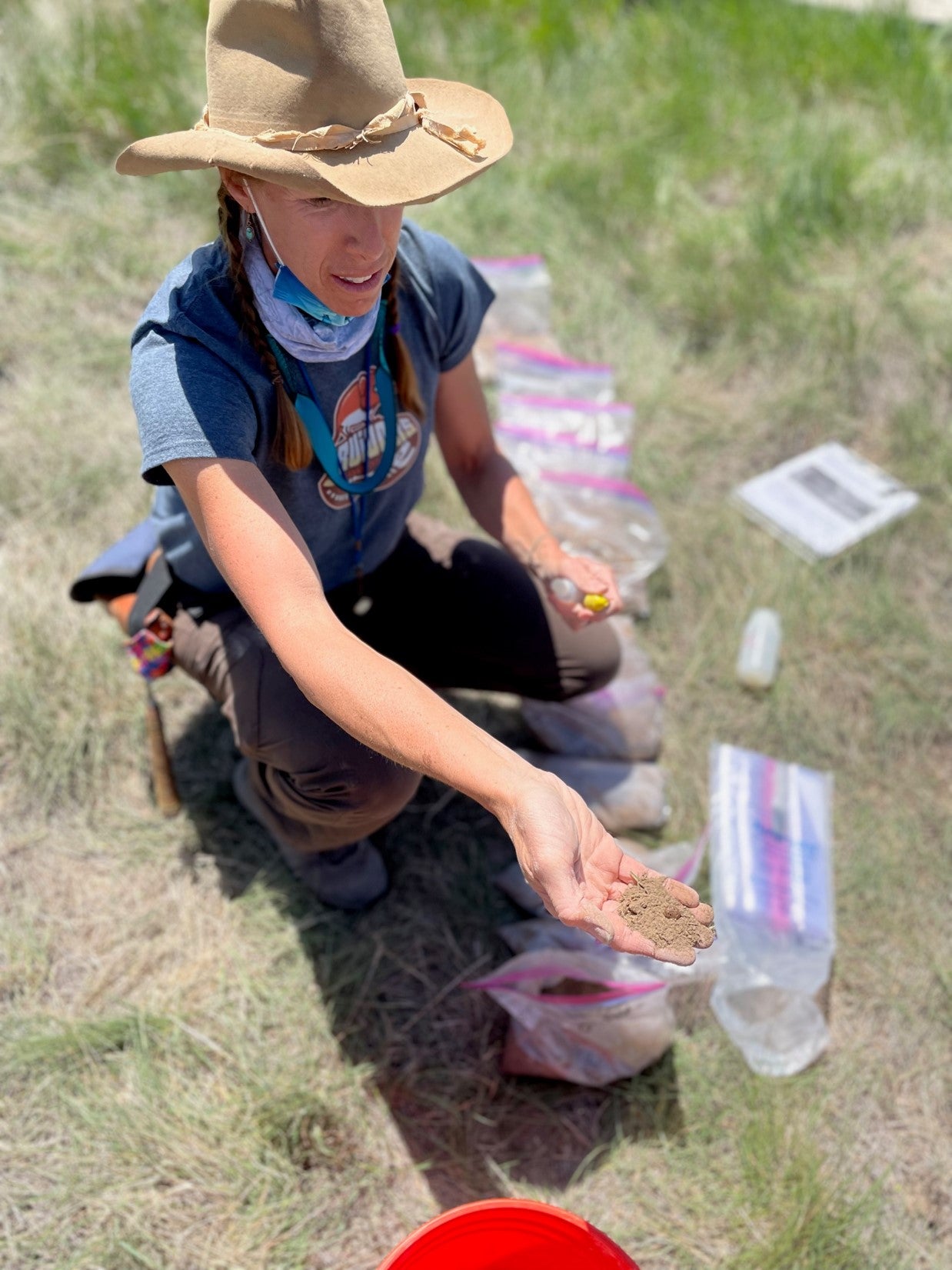
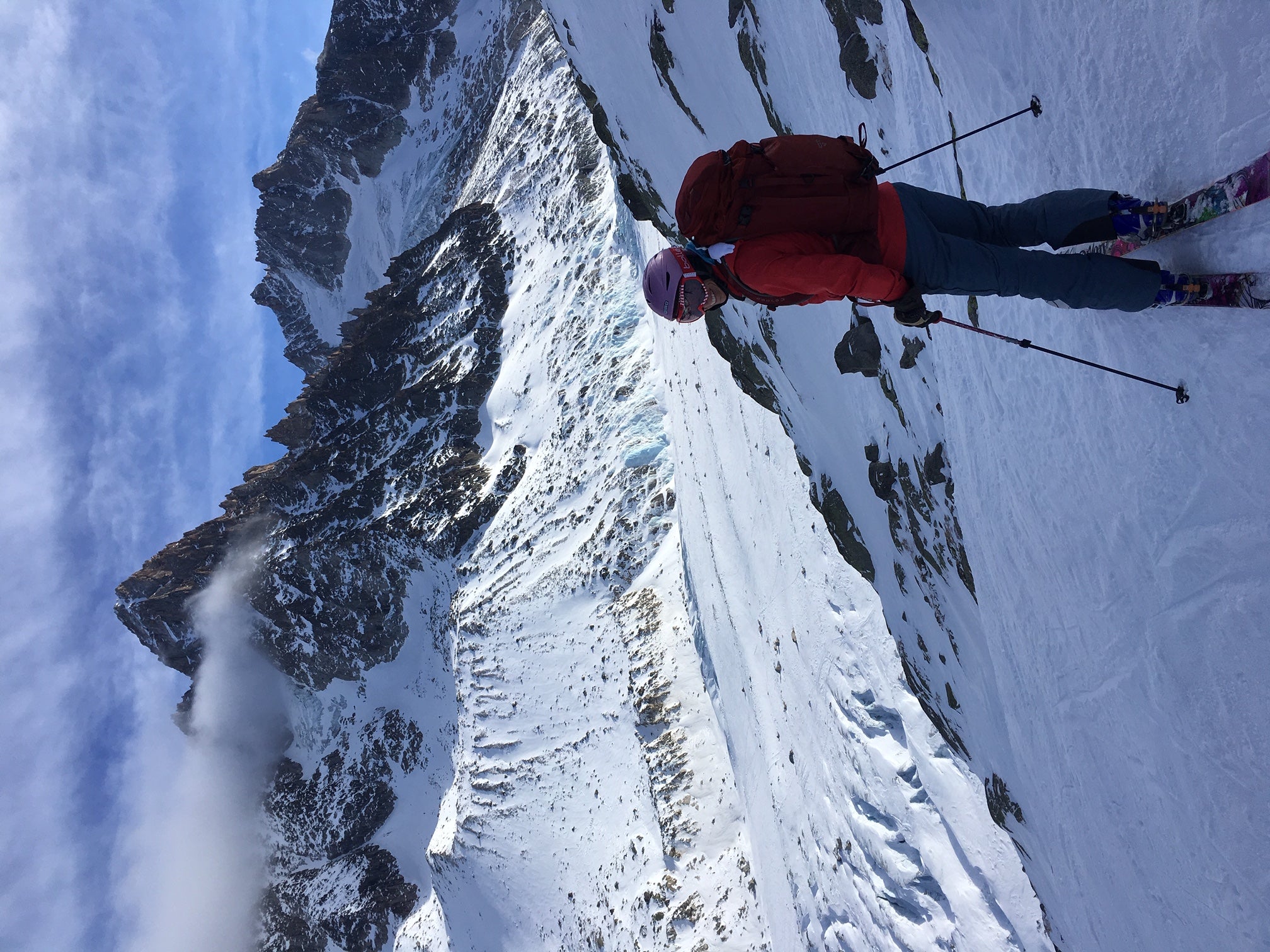
Dr. David Huber
Dr. Huber is a soil physicist and isotope biogeochemist interested in biotic and abiotic controls on carbon and nitrogen cycling as they relate to broader ecosystem function in native and agricultural soils. He combines ecosystem-scale flux measures and isotopic tracer methods to improve mechanistic understanding and modeling techniques. David’s current research aims to 1) improve eddy covariance (EC) estimates of C and water exchange, 2) assess the validity of EC temperature response functions for partitioning C fluxes, and 3) use hydrologic mass balance, geophysics, and EC measures to predictively model NECB. Using isotopic techniques, his research seeks to partition organic vs. inorganic CO2 fluxes using real-time measurements, as well as determine provenance of the associated calcium and carbon for net C balance using δ13C, δ18O, and 87Sr/86Sr techniques. David co-leads several research efforts in cold desert sites in Idaho, which include the Reynolds Creek Experimental Watershed and the Northwest Irrigation and Soils Research site. Finally, he is actively collaborating with colleagues in hot desert regions to produce high impact syntheses of our findings associated with the Critical Zone Collaborative Network Drylands project. Contact: David.Huber (at) usda.gov
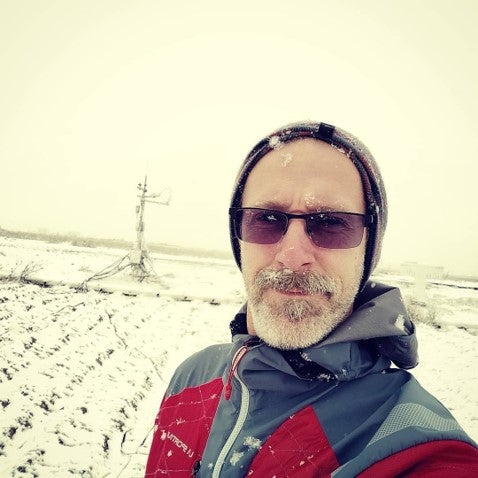
Bill Freutel
Bill is an international man of mystery. Bill had a long and interesting career with the EPA, with an expertise in remediation of arctic oil spills. He now is the volunteer lab manager for the Earth Wind and Soils lab at Boise State University. His research focus is on the terraces of the Boise River.

Zahra Ghahremani
Zahra holds a BSc degree in Water Engineering from the Ferdowsi University of Mashhad, where she learned fundamentals of hydrology, hydraulics, water resource management, and water quality. Zahra also holds an MSc degree in Water Structures from the Ferdowsi University of Mashhad. Zahra is a current Masters student in the hydrology program at Boise State and is combining her engineering background with geoscience. For her thesis, she is determining the provenance and amount of calcium from natural and anthropogenic sources using isotopic and mass balance techniques, and assess how these sources contribute to the formation of pedogenic carbonate in drylands.
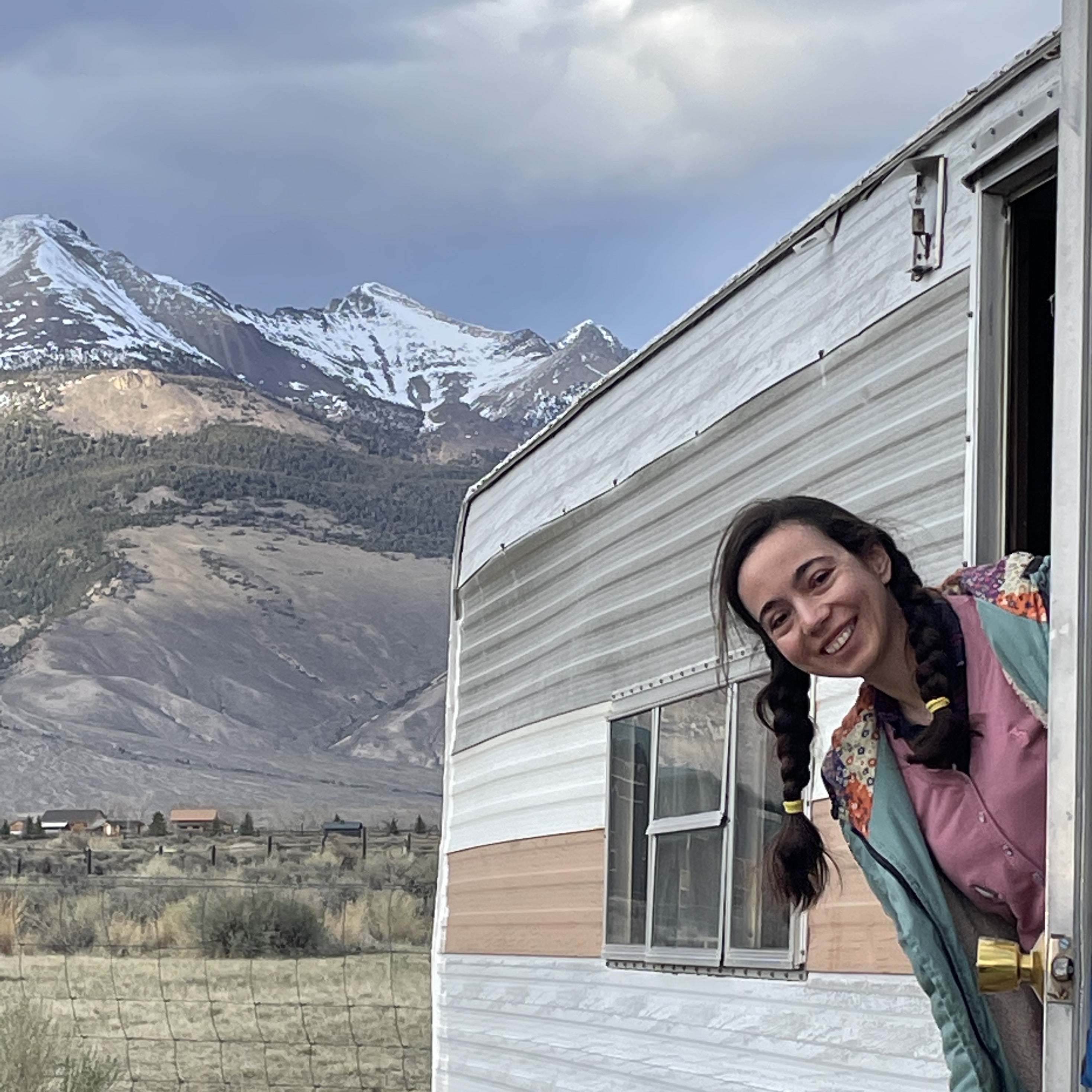
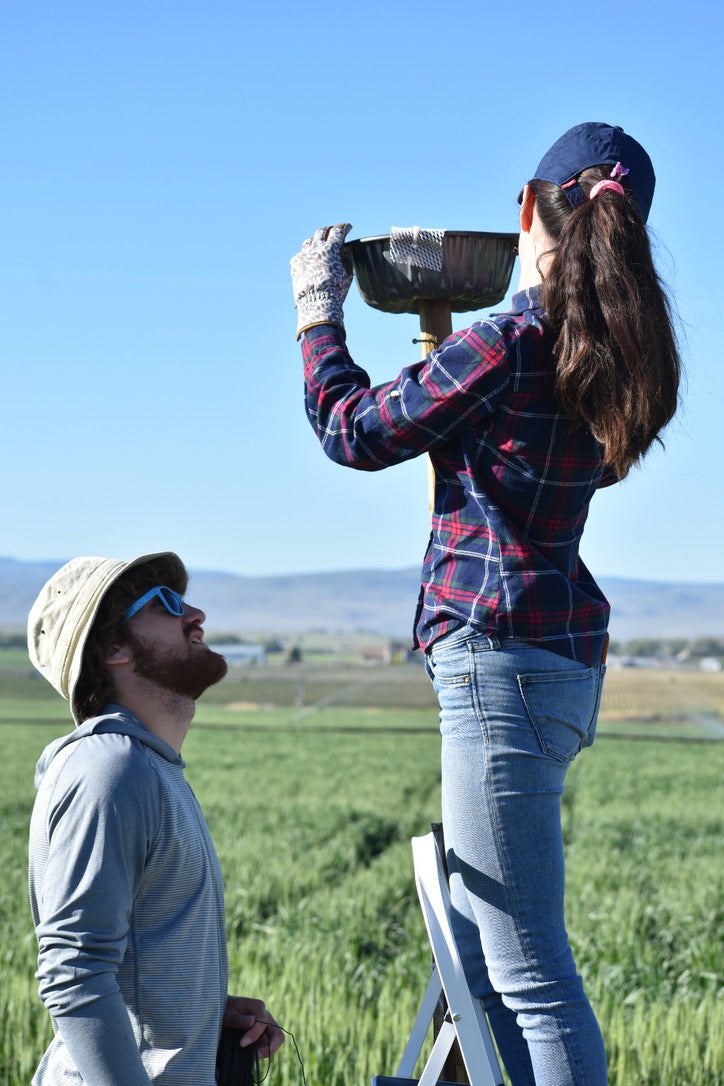
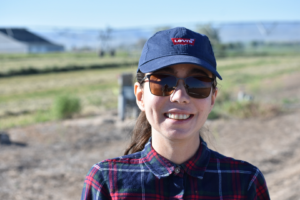
Tanzila Hanif
Tanzila Hanif is a PhD scholar at Boise State in the Department of Geosciences and is a teaching assistant to Dr. Jen Pierce. She is from Pakistan and recently joined Boise State to pursue her career as a soil scientist. Her research is focused on pedogenic carbonates with emphasis on carbon storage in irrigated and non-irrigated dryland soils of Idaho (Reynolds Creek CZO and Kimberly sites) and impacts of land-use and climatic gradients on carbon storage in dryland soils. It would include field-based studies in combination with geophysical techniques and geochemical characterization of pedogenic carbonates. She earned her undergraduate and master’s from University of the Punjab, Pakistan. She had served as a Lecturer in Geology at her home institution for one year. She has contributed and continues to work on different research projects: sedimentary facies analysis, biostratigraphic, sequence stratigraphic, and isotopic study (oxygen and carbon isotopes) of carbonates, as well as sedimentology and the geochemical characteristics of clastic rocks.
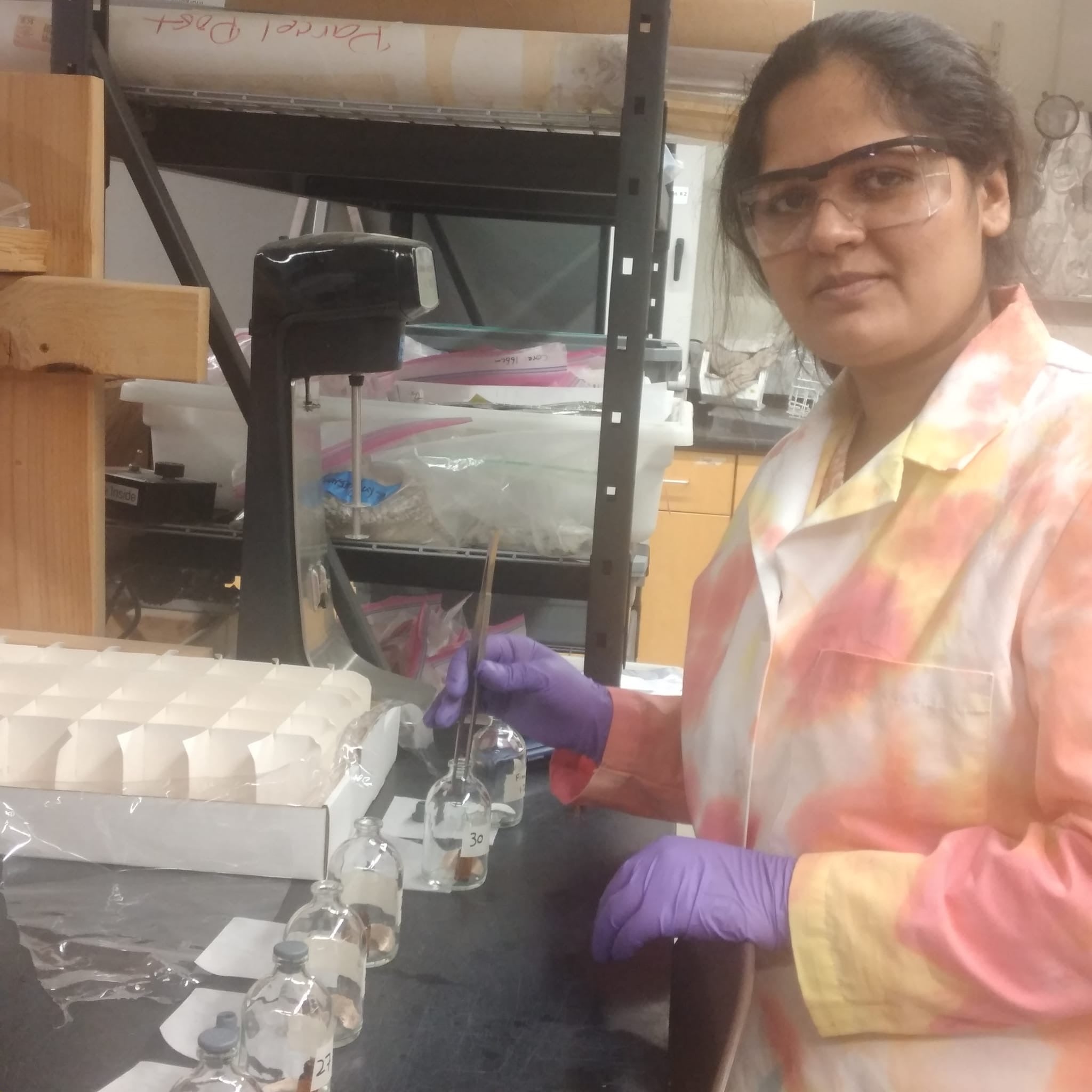
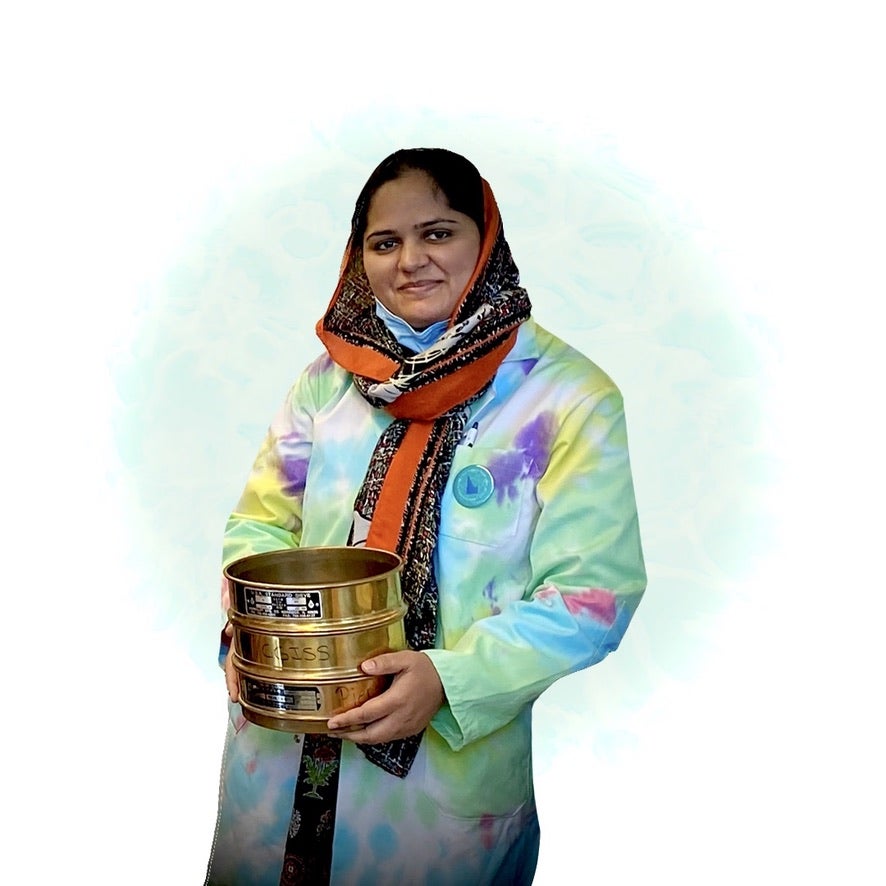
Abigail Axness
As an undergraduate in New Mexico, Abby Axness researched an area impacted by wildfire and one that was not. This led her to her current MS project, where she seeks to understand how fire changes landscapes. Her research aims to better understand past fire regimes (size, severity, and frequency) in unmanaged wilderness. Studying fire regimes in the Frank Church Wilderness (FCW) provides an opportunity to understand the history of wildfires in a high elevation wilderness that has experienced little human influence.
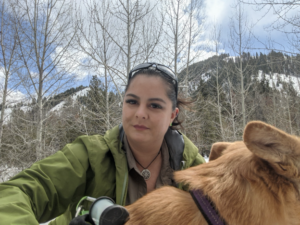
Danielle Marquette
Danielle Marquette is a student in the M.S. Geosciences program at BSU and works as a graduate teaching assistant. Her research is focused on developing and testing wildfire curriculum at the K-12 grade levels. She is interested in education, wildfire, and climate change.
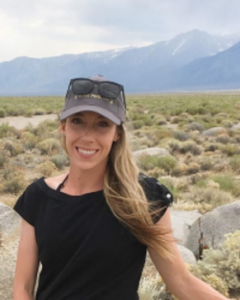

Lavanya Seetamraj
Lavayna Seetamraj is a public policy student working as a graduate assistant on a research project that will develop and test a framework that incentivizes and rewards inclusive leaders in the Geosciences through changes in faculty workload policy and annual evaluations. For her work on the NSF GOLD project, she uses her background in communication and writing, as well as her current coursework in public administration, to bring a policy perspective to this inclusivity initiatives.
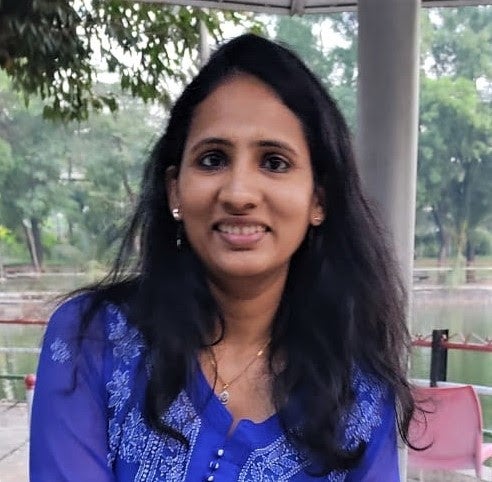
Kerry Molina
Kerry Molina is an undergraduate working towards her geoscience degree, geology emphasis and visual arts minor. She is the Boise State science communications manager for the NSF Drylands project.
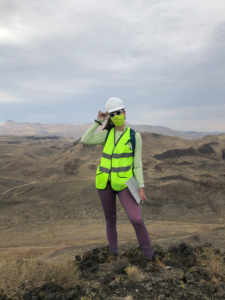
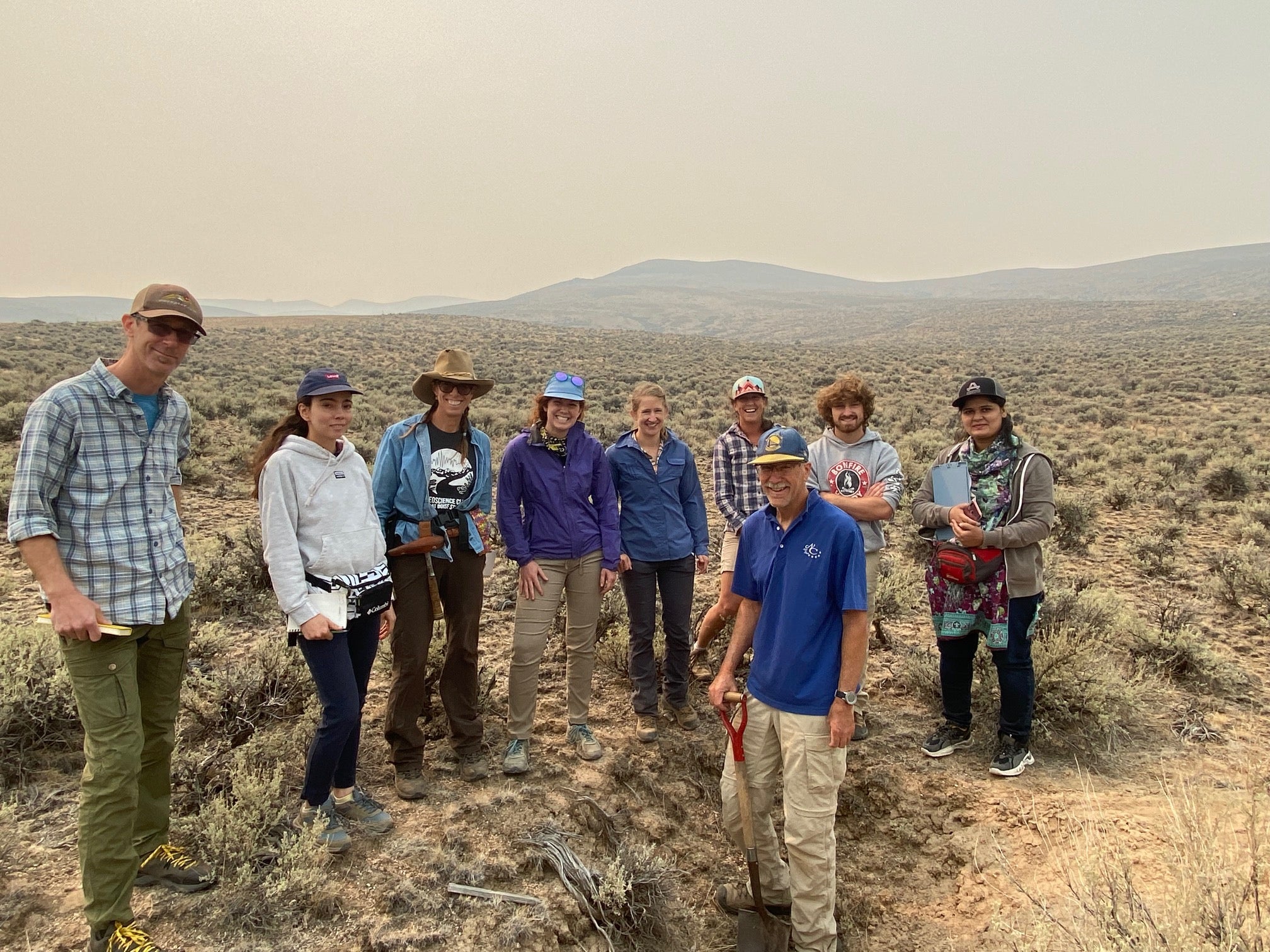

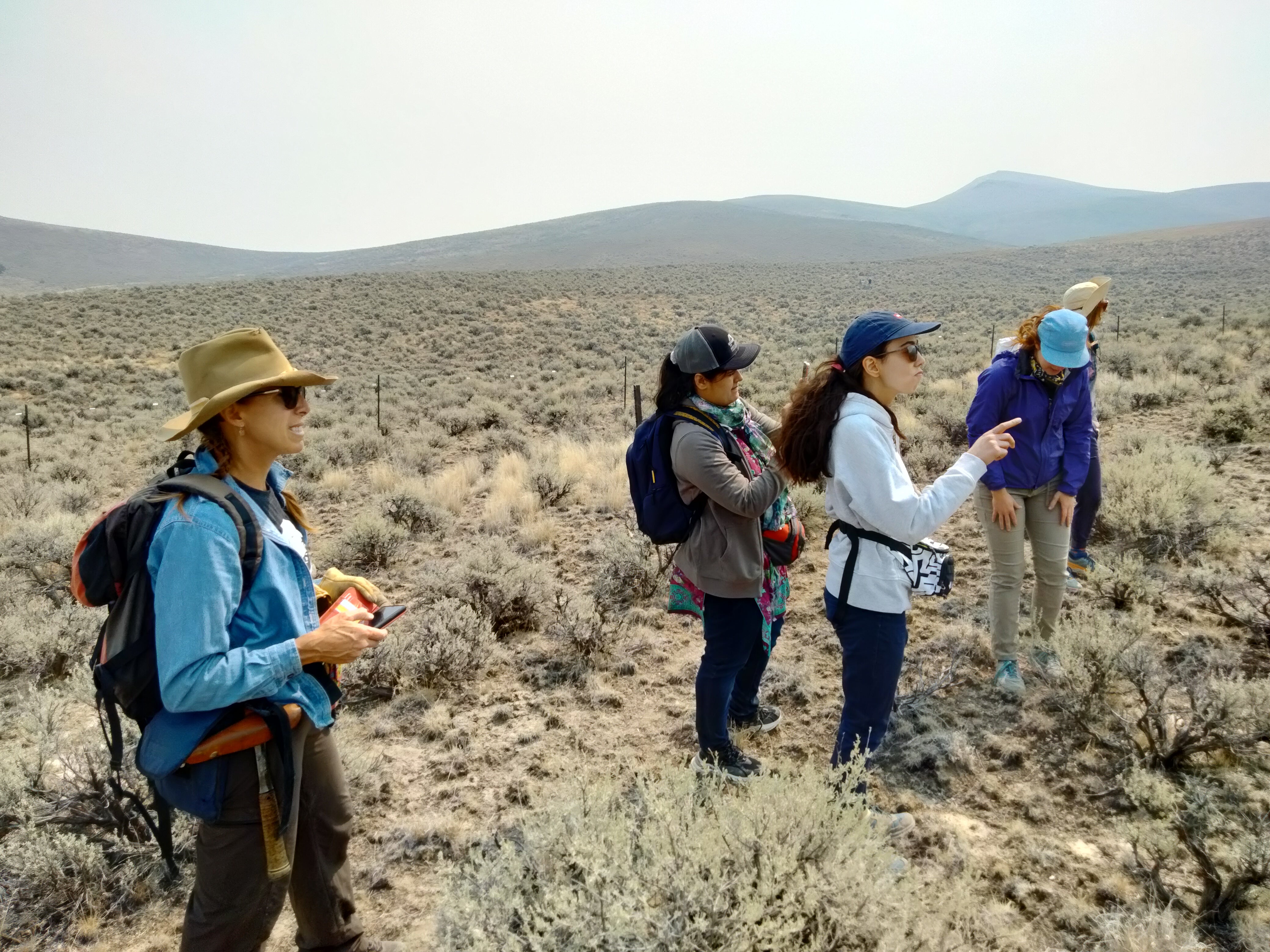
Tanzila Hanif, Zahra Ghahremani, Danielle Marquette, Abigail Axness, Kerry Molina, Kyle LaCoursiere
Former Students and Projects
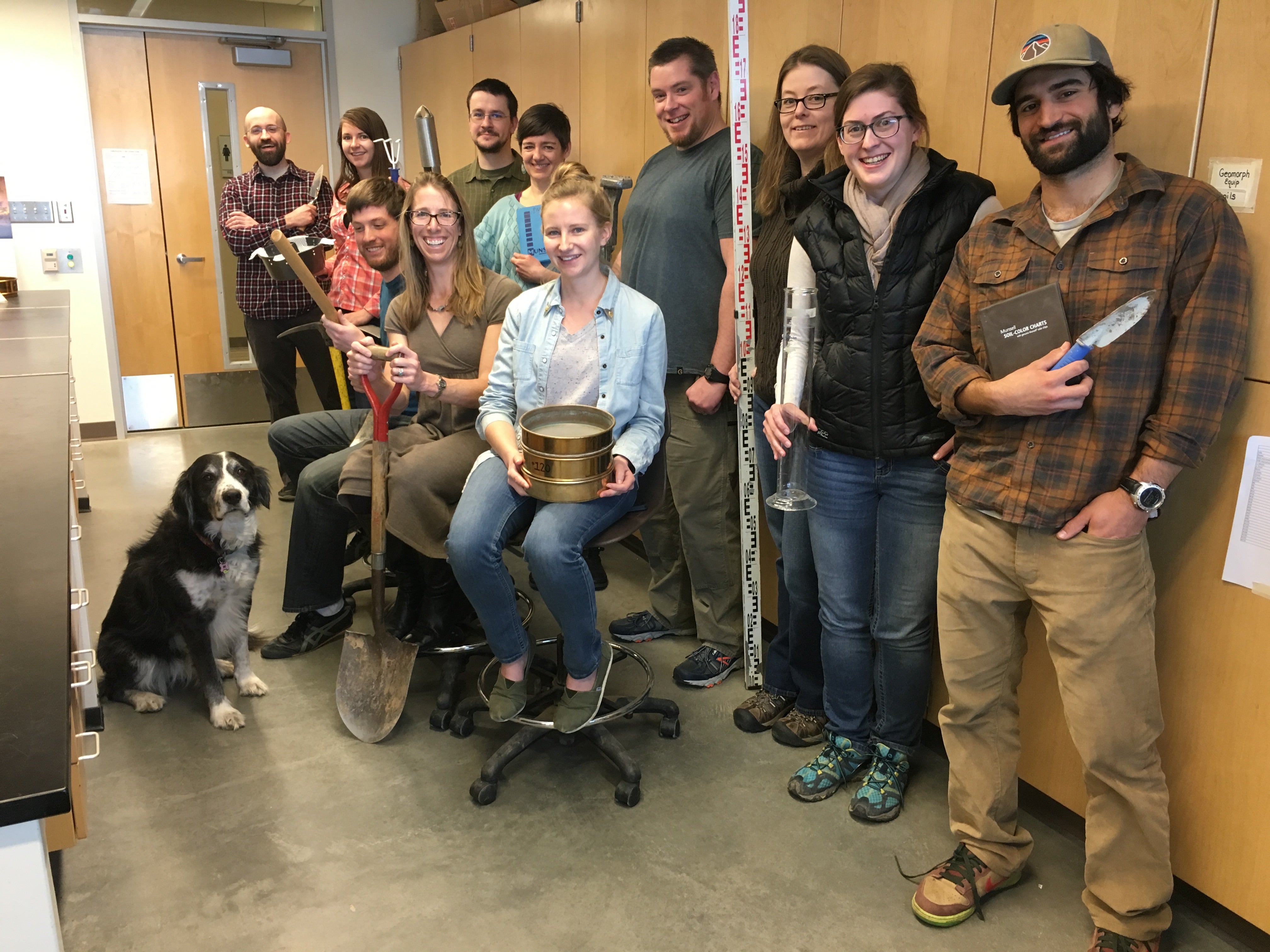
Mike Poulos –
Dissertation title: “Aspect-related Differences in Critical Zone Properties and Processes: Relationships Among Fire, Erosion, Soils, Water, Vegetation, Landforms, and Broadscale Spatial Patterns”
Valley asymmetry is the condition where slopes on one side of a valley have different characteristics than on the opposite side. Our research utilizes valleys as natural laboratories to explore how aspect-induced insolation differences perturb local climate, which drives eco-hydro-pedo-geomorphic feedbacks that affect erosion rates and processes, regolith and soil cover, hydrologic processes, drainage dynamics, and ultimately landscape evolution. Data from the Dry Creek Experimental Watershed were used to develop an integrative conceptual framework, which we are testing at broader scales using remotely measurable land surface data.

Chris Stanbery, MS Hydrology
I conduct my research in the Reynolds Creek Experimental Watershed looking at soil inorganic carbon (SIC) stored in carbonate minerals. SIC is a significant pool of terrestrial carbon, but its storage and flux are not well studied. For my project, I have worked to establish the threshold of the presence or absence of SIC in the watershed through extensive field sampling and laboratory analysis. Additionally, I used the data collected to help establish the hierarchy of controls on SIC accumulation.
